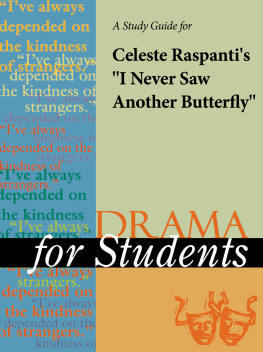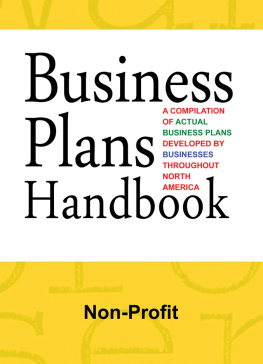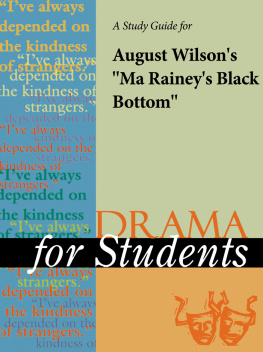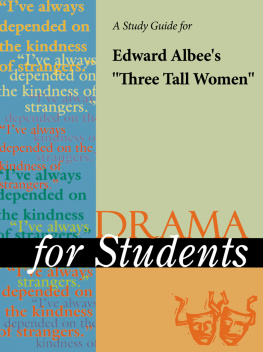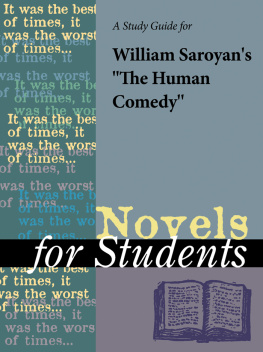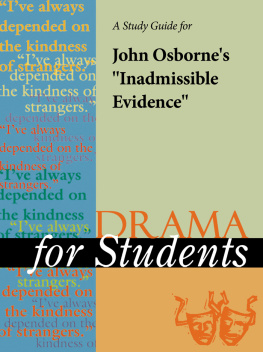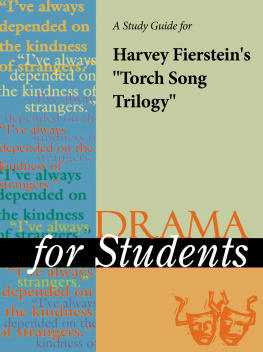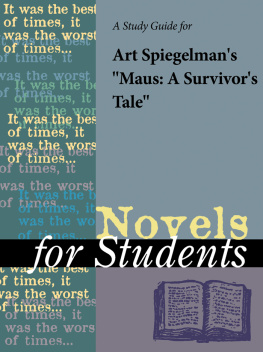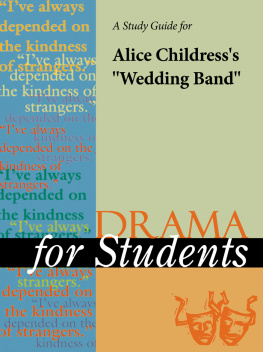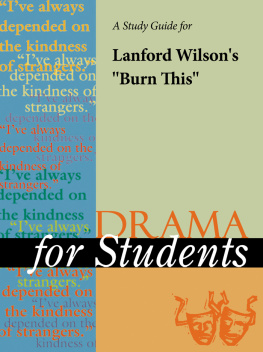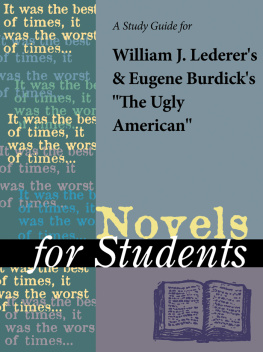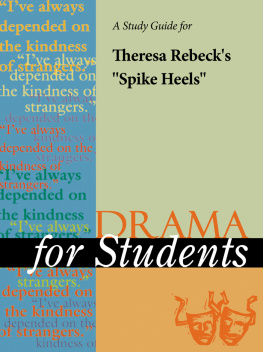TABLE OF CONTENTS
Guide
Drama for Students, Volume 5
Staff
Editorial: David M. Galens, Editor. Christopher Busiel, Clare Cross, John Fiero, David M. Galens, Lane A. Glenn, Carole Hamilton, Elizabeth Judd, Sheri Metzger, Annette Petrusso, Arnold Schmidt, Entry Writers. Tim Akers, Brigham Narins, Kathy Wilson, Contributing Editors. James Draper, Managing Editor. Kathy Wilson, For Students Line Coordinator. Jeffery Chapman, Programmer/Analyst.
Research: Victoria B. Cariappa, Research Team Manager. Andy Malonis, Barb McNeil, Research Specialists. Tamara C. Nott, Tracie A. Richardson, Corrine A. Stocker, Cheryl L. Warnock, Robert Whaley, Research Associates. Patricia T. Ballard, Phyllis P. Blackman, Research Assistants.
Permissions: Maria Franklin, Interim Permissions Manager. Kimberly F. Smilay, Permissions Specialist. Kelly A. Quin, Permissions Associate. Sandra K. Gore, Permissions Assistant.
Graphic Services: Randy Bassett, Image Database Supervisor. Robert Duncan and Michael Logusz, Imaging Specialists. Pamela A. Reed, Imaging Coordinator. Gary Leach, Macintosh Artist.
Product Design: Cynthia Baldwin, Product Design Manager. Cover Design: Michelle DiMercurio, Art Director. Page Design: Pamela A. E. Galbreath, Senior Art Director.
Copyright Notice
Since this page cannot legibly accommodate all copyright notices, the acknowledgments constitute an extension of the copyright notice.
While every effort has been made to secure permission to reprint material and to ensure the reliability of the information presented in this publication, Gale Research neither guarantees the accuracy of the data contained herein nor assumes any responsibility for errors, omissions, or discrepancies. Gale accepts no payment for listing; and inclusion in the publication of any organization, agency, institution, publication, service, or individual does not imply endorsement of the editors or publisher. Errors brought to the attention of the publisher and verified to the satisfaction of the publisher will be corrected in future editions.
This publication is a creative work fully protected by all applicable copyright laws, as well as by misappropriation, trade secret, unfair competition, and other applicable laws. The authors and editors of this work have added value to the underlying factual material herein through one or more of the following: unique and original selection, coordination, expression, arrangement, and classification of information. All rights to this publication will be vigorously defended.
Copyright 1999
The Gale Group
27500 Drake Rd.
Farmington Hills, MI 48331-3535
All right reserved including the right of reproduction in whole or in part in any form.
This book is printed on acid-free paper that meets the minimum requirements of American National Standard for Information SciencesPermanence Paper for Printed Library Materials, ANSI Z39.48-1984.
ISBN 0-7876-2754-2
ISSN 1094-9232
Printed in the United States of America
10 9 8 7 6 5 4 3 2
Picnic
William Inge
1953
Introduction
Picnic is based on an earlier short play by William Inge, Front Porch, written in 1952. This predecessor was a fragmented character study of several women. In using Front Porch as the basis of Picnic, Inge expanded upon the female characters to include several male figures and a more developed plot.
Picnic was a success with audiences when it opened on Broadway in February, 1953. It also earned significant praise from critics, winning the Pulitzer Prize for Drama, the Outer Circle Award, the New York Drama Critics Award, and a Donaldson Award. The movie adaptation in 1955 expanded the storys appeal and garnered two Academy Awards, a Golden Globe Award, and a listing as one of the ten best films of 1955. Inges exploration of small town life, his focus on family relationships, and his depiction of the loneliness that permeates so many peoples lives struck a chord with 1950s audiences and has continued to do so in the decades since Picnics debut.
Because he was writing about subjects with which he was familiar, Inges plays deliver an authentic tone. The role of alcohol and sexual impropriety is a common theme in his work, which serves as a contrast to the American Dream image so familiar to 1950s audiencesthat of white picket fences surrounding perfect people leading perfect lives. The women in Picnic are all looking for a way to escape the boredom and loneliness of their lives, and the men of the play are confused and unsure of what they want. While embraced by mass audiences for its superficial charms, critics lauded Inges play for its much darker themes. Picnic has come to be regarded as a pioneering drama for its frank depiction of sexuality and its subliminally cynical take on the love conquers all hypothesis.
Author Biography
William Inge, born May 3, 1913, was the fifth and last child of Maude and Luther Inge. He was raised in Independence, Kansas, by his mother; his father was a salesman and was rarely at home. After graduating from the University of Kansas in 1935, Inge attended the George Peabody College for Teachers but left before completing a master of arts degree. After a brief period teaching English at a local high school, Inge returned to college to complete his masters program. He also worked as a drama critic, and it was during this period that he met renowned playwright Tennessee Williams (A Streetcar Named Desire), who encouraged him to write. Inge completed his first play that year, and with the help of Williams, Farther off from Heaven was produced two years later, in 1947.
Plagued by depression and substance dependencies, Inge joined Alcoholics Anonymous in 1948, having already begun Freudian analysis in an attempt to alleviate his psychological problems. In 1949, he wrote Come Back, Little Sheba, which was produced on Broadway in 1950 and earned Inge the George Jean Nathan and Theatre Time Awards. Three years later, Inge scored another hit with Picnic, which won the Pulitzer Prize in Drama, the Outer Circle Award, the New York Drama Critics Circle Award, and the Donaldson Award. Inge had two more hits on Broadway in quick succession: Bus Stop (1955) and The Dark At the Top of the Stairs (1957; an earlier version was staged in 1947). After this success, Inges next plays, A Loss of Roses (1959), Natural Affection (1963), and Wheres Daddy? (1965) were commercial failures, each closing after only a few performances.
Despite these theatrical failures, Inge had great success with his 1961 foray into screen writing. Splender in the Grass earned him the Academy Award for best original screenplay in 1961. Following this success, he moved to Los Angeles to concentrate on cinematic writing, but he never repeated his early success. Inge was deeply affected by negative reviews of his work. He struggled with depression and alcoholism much of his life. Many of his plays focus on the complexity of family relationships and deal with characters who struggle with failed expectations, depression, and addiction. His death in 1973 from carbon monoxide poisoning was ruled a suicide.




